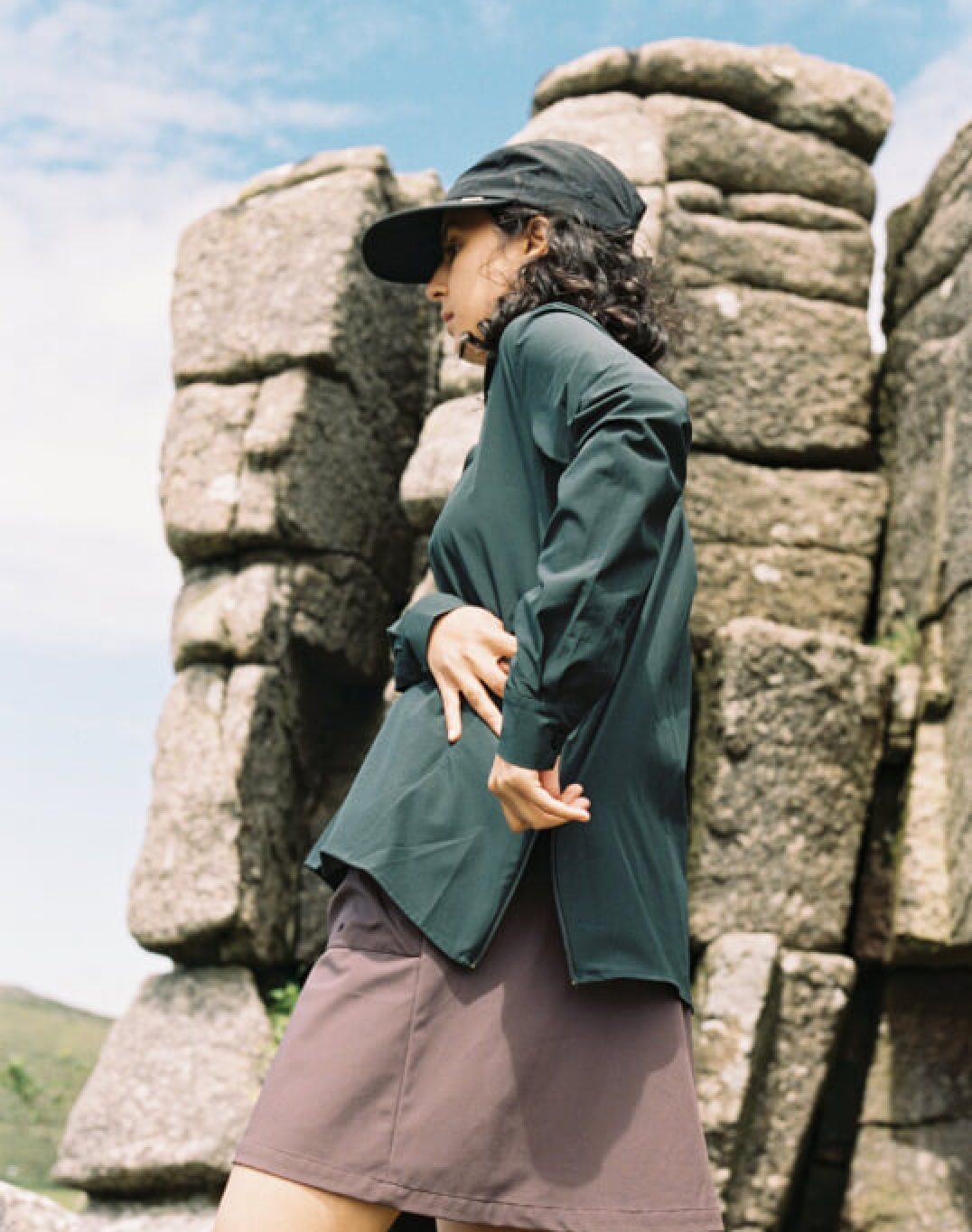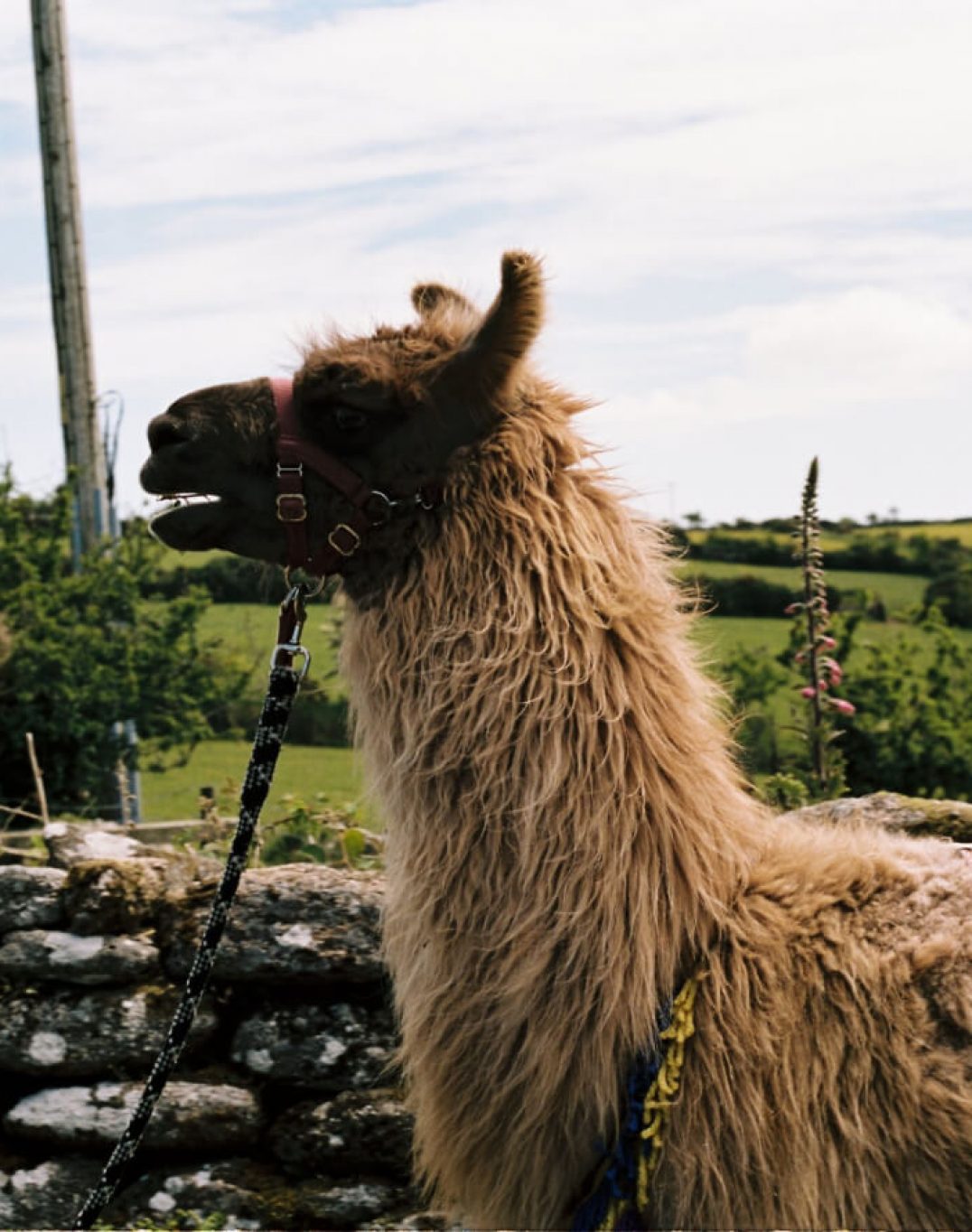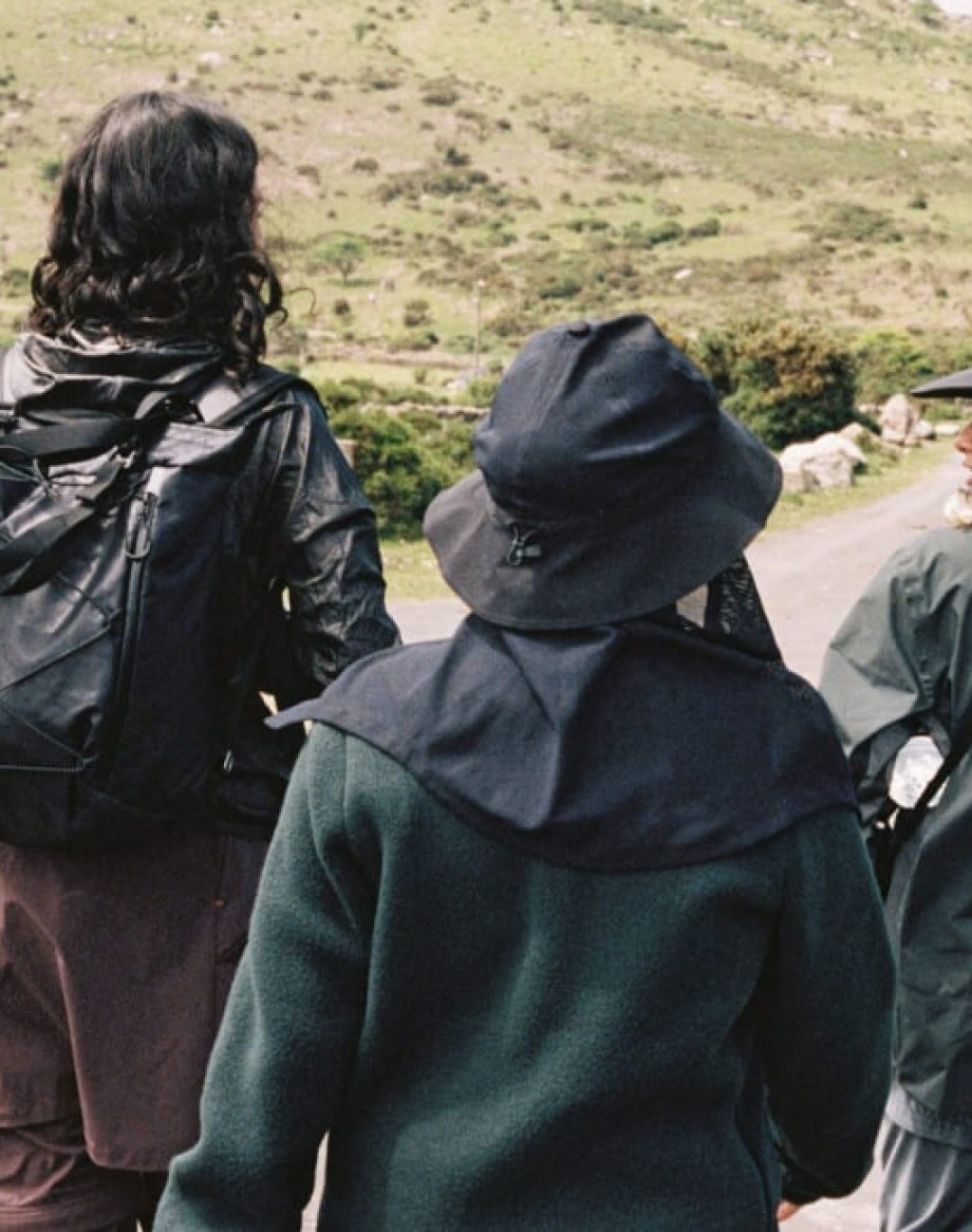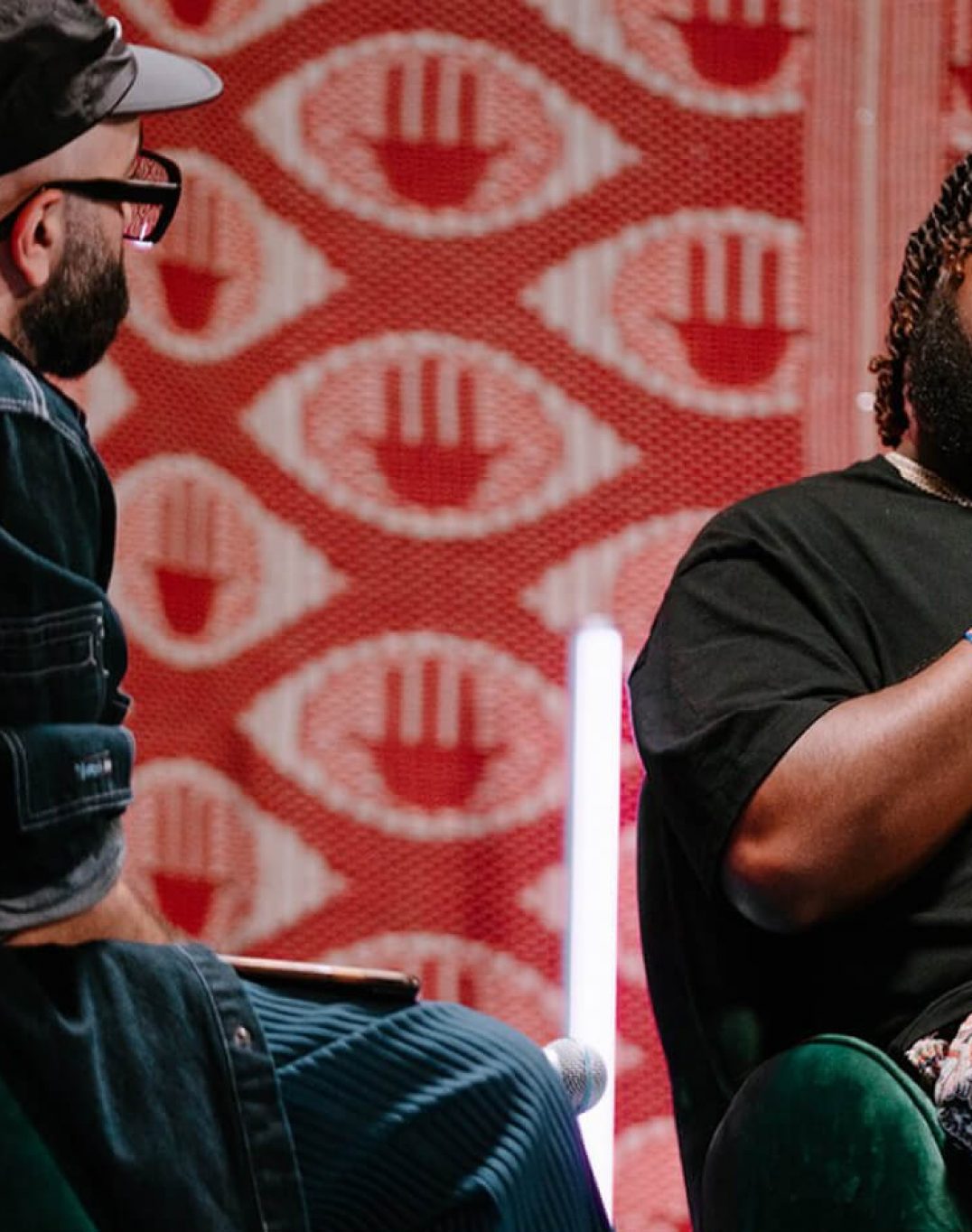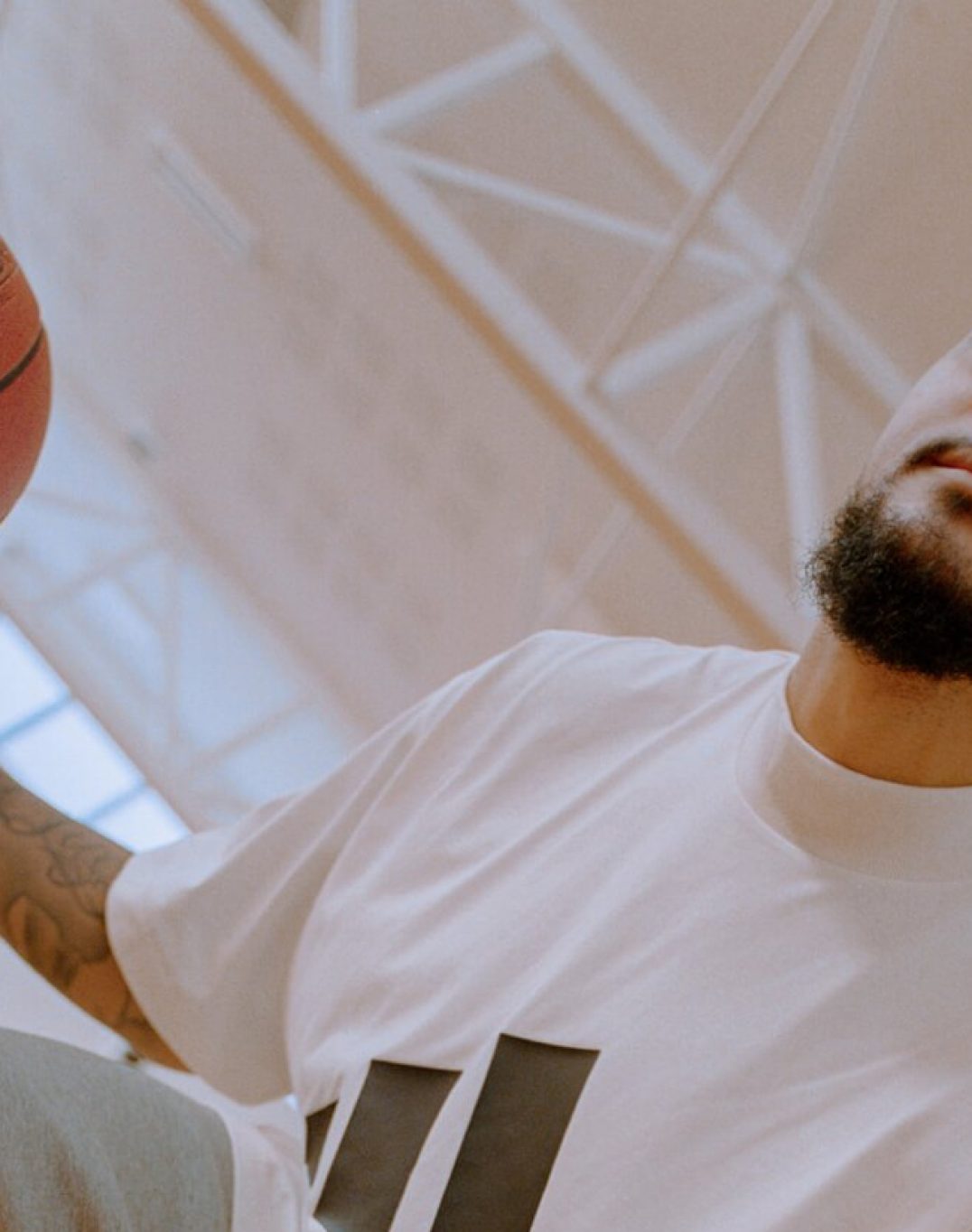The new outsiders
19.10.2023
Flashback to early 2020. As COVID-19 began to spread, so did a general feeling of unease as stores closed their doors and corporate workers carried their office equipment home from multi-storey buildings, now eerily vacant.
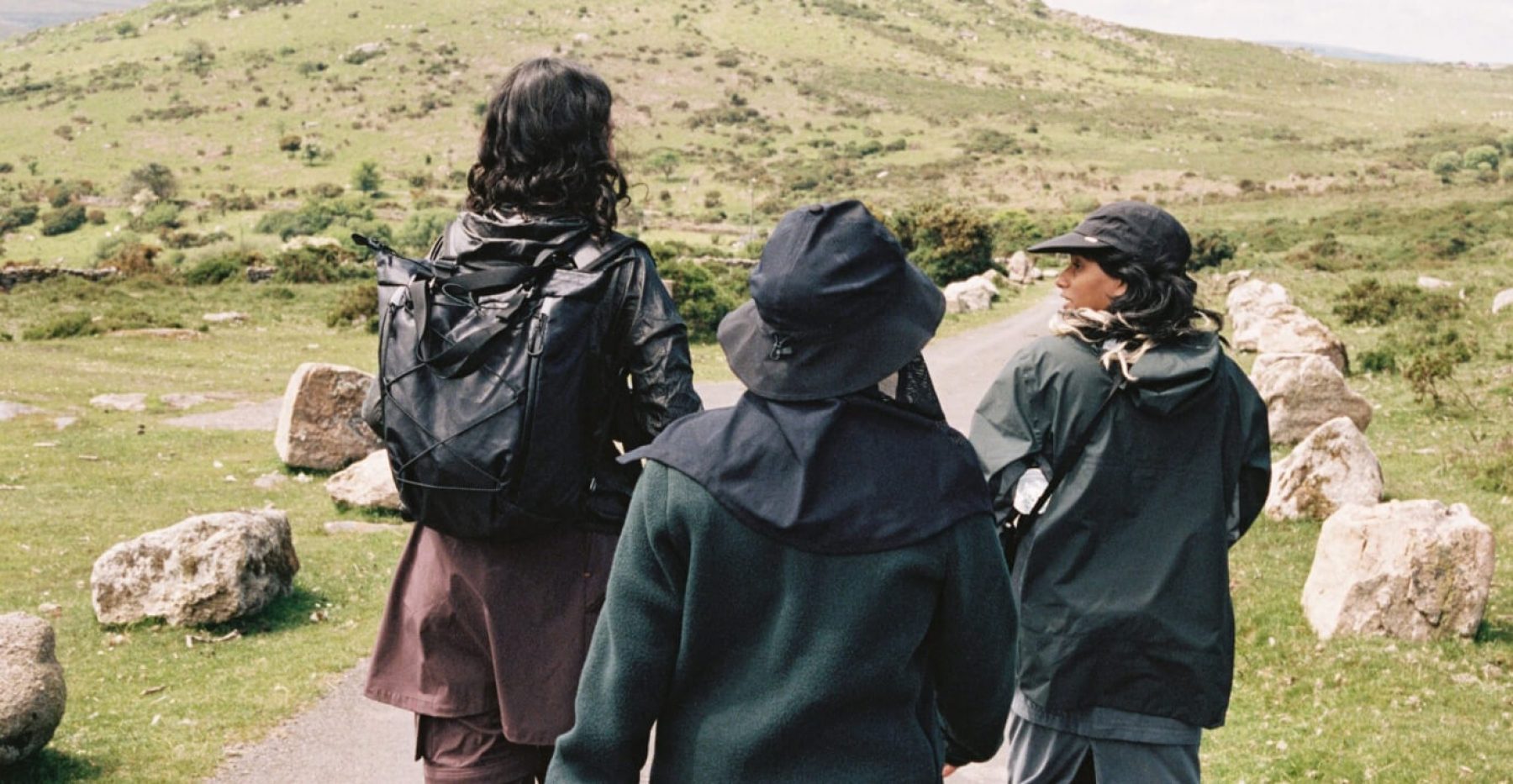
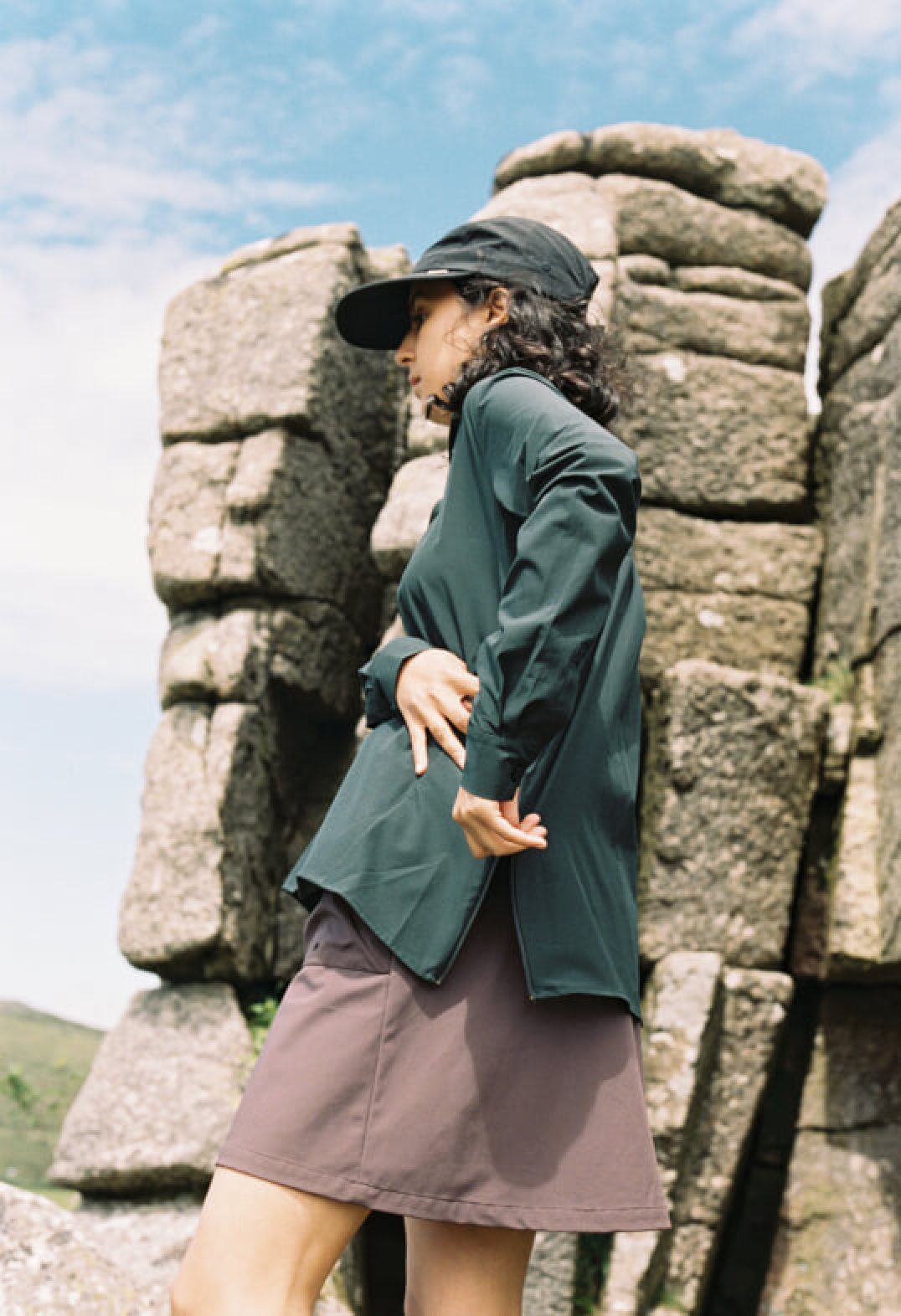
Optional Image caption like this, lorem ipsum dollar amet situm
What many of us thought may last a few weeks or months resulted in nationwide lockdowns for indeterminate lengths of time; the absolute uncertainty over when life would return to “normal” was the only feeling that seemed to unite us all in this time.
It might sound like a sweeping statement, but for a multitude of reasons, life as we knew it changed forever in those initial months. With lockdown measures and travel bans, most of us were limited solely to spending all our time in our homes and the government-mandated limit of just one walk outdoors per day made it clear that those with little or no access to private outside spaces would be amongst the hardest hit by the restrictions.
The luckier among us decamped to be closer to family and friends, leaving desolate cities in search of vast green areas, but those left in inner cities had only their ominous traffic-free streets to traverse.
Whatever way you looked at it, we were all trapped in a way; by fear of the virus, government mandates, and the never-ending tirade of family Zoom calls.
As the weeks wore on, bars remained closed and there were no reality TV shows left on Netflix to be binged. Suddenly, the allure of the outdoors was becoming all the more irresistible. The emptied city became a new kind of playground—free from tourists and suits—just waiting to be explored.
I wouldn’t describe myself as a particularly outdoorsy person, but in the summer of 2020, I spent as much of my time outside as I could. In part, because it was uncharacteristically sunny in London—but also because there was literally nothing else to do, and being outside was the only way I could see my friends in person and not through a screen. It started with morning socially distanced walks around the park with a coffee in hand and as the rules started to loosen, it became on-foot explorations all across South-East London, sweaty hikes along the English South coast, and entire evenings spent reading, eating, and pretending like everything was OK in the local park. Being outside became the best part of my day; the thing I looked forward to the most. Judging by the other regular faces who I got used to seeing whilst adventuring around the area—I wasn’t alone in my newfound love for the outside either.
Data shows that between April–June 2020, British adults spent 40% more time in nature than they did pre-pandemic. A March 2020 survey showed that 43% of Americans said they’d be spending more doing outdoor activities as a direct result of COVID-19. It makes sense that after being confined to our homes, experiencing anxiety and loss on so many levels, we’d crave a kind of escape that only the simple pleasures of nature could satiate, like feeling the dirt wedge under your fingernails and breathing in the fresh forest air. The pandemic served as an equalizer by forcing us all to reset, but it also highlighted the inequalities faced by everyday life and proved that despite nature being right there, free and open for all of us to take in and enjoy, not all of us were able to experience it in the same way. In England, 42% of people from BAME (Black, Asian, minority ethnic) backgrounds live in the most green space-deprived areas in the country, and while Black Americans account for 13.4% of the US population, they make up less than 2% of visitors to national parks. Accessibility isn’t the only issue when it comes to representation in the outdoors landscape; fundamentally, it can be an unwelcoming and, at times, unsafe environment for people of colour and other marginalized communities.
“Paris during the pandemic was like an absolute paradise,” recalls Joy Howard, CEO and founder of community-led outdoors clothing brand Early Majority. “I would run up to the top of the Sacre Couer and throw down my yoga mat. There were ballet dancers and jump ropers up there, it was just one of those beautiful mornings.” Upon returning back home that day, Howard’s husband told her that Ahmaud Arbery, a Black man was murdered while he was out jogging on the coast of Georgia, USA, where Howard had grown up. “I was like ‘F**k this shit.’ Everyone needs to be able to have this experience outdoors that he wanted to have—that I was having—it’s a human right.” This was the catalyst for Howard to quit her job and turn her concept for Early Majority into a reality. “It’s the contribution I can make because it’s the space that I know,” she says of the label, which leads with a female perspective in a segment that’s long overlooked the female consumer. “In terms of what we represent, it’s absolutely about how the restorative powers of nature are not only a fundamental human right but a fundamental human need.”
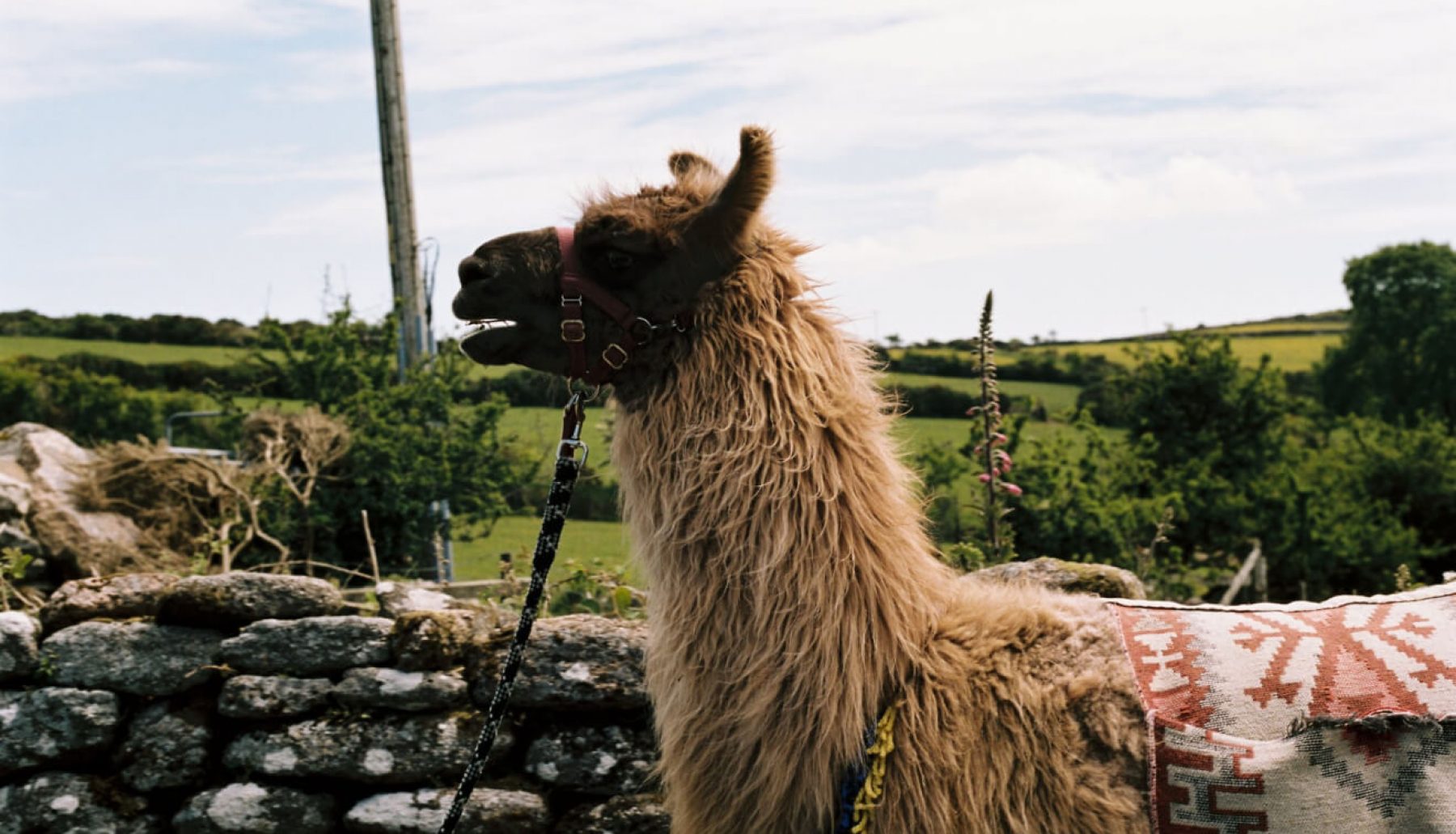
Optional Image caption like this, lorem ipsum dollar amet situm lorem ipsum
In May 2020, a few months after Arbery’s murder, NYC birdwatcher Christian Cooper recorded a white woman calling the police, telling them that an African American man was “threatening” her life after he requested she leash her dog, as is required in the area of Central Park they were in. Incidents like these go to show that often when people of colour do venture into natural environments—whether individually or in groups—they’re unwelcome. At best, they’re regarded with suspicion. At worst, they face a genuine risk to their lives. It seems that these spaces for ‘all’ are actually only there to be freely enjoyed by people who look a certain way. Inequality to openly enjoy outdoor spaces isn’t the only issue for people of colour; their often fraught relationship goes far deeper than that. African Americans, South Asians, Native Americans, and many other marginalized groups have historically faced oppression and violence on land, having their territory pillaged and traditions stolen, westernized, and commercialized. It should come as no surprise that many have grown up with the understanding that the very idea of the outdoors is to be approached with real caution.
Frustration at the lack of people of colour in the outdoors, however, has sparked somewhat of a movement, with communities arising across the globe in an effort to democratize nature. Evelynn Escobar-Thomas was introduced to the great outdoors when her aunt took her out on a hike as a child, and in 2017 she founded Hike Clerb—an intersectional women’s hiking club—to share that joy with other women. Hike Clerb’s mission is to equip “Black, Indigenous, women of colour with the tools, education, resources and experiences they need to collectively heal in nature from Los Angeles and beyond,” and places at the collective’s events are snapped up pretty much immediately after going live. Healing is a common theme when it comes to reaping the rewards of what nature has to offer, whether it be harnessing the power of the earth’s natural resources, or using the outdoors as an escape to clear your mindset and gain a different perspective on your life.
When Marlon Patrice tragically lost his son to knife crime in 2020, he found solace through immersing himself in nature and realized that opportunities for safe access to outdoor spaces could benefit others too. This led him to establish We Go Outside Too, a non-profit organization dedicated to providing nature-based learning, holistic workshops, and outdoor activities to intergenerational Black community members in his local area of the West Midlands. Black2Nature and Black Girls Hike are similar community-focused initiatives in the UK, while Textured Waves, a community founded by three African American female surfers, advocates for more diversity in the water and Flock Together enables birdwatchers of colour to reclaim green spaces and rebuild their relationship with nature.
With the slow but sure rise in diversity in natural environments, utility wear and the outdoorsy aesthetic have become a trend in themselves. Bouldering, hiking, and trail running are currently among the most stylish sports, and #vanlife has over 13.5 million mentions on Instagram alone. ‘Gorpcore’, coined by The Cut in 2017 to describe the proliferation of utilitarian fashion has been on the up for the past few years, and with the increasing popularity of labels like Nike ACG and Arc’teryx, its influence is undeniable now—though most product and marketing is still heavily skewed toward men. “One of the objections that I’ve heard is like, well, you know, women probably don’t spend as much time outdoors, that there’s probably not a market there” shares Howard, who held Vice President of Marketing roles at Patagonia and Converse prior to launching Early Majority. “I just think that’s not true. And even if they’re not [outside], maybe it’s because they don’t have the right gear. I really understood why existing outdoor companies were never going to make products for people like me,” she adds, noting her professional and personal experience within the sector. “That’s why I felt like it was something I could uniquely do, and I did it on the bet that there were lots of other people out there like me who didn’t feel represented by the existing outdoor industry.”
Americans spent an estimated $788 billion on outdoor recreation through 2020—a rise of $10 billion from 2017. “We started as a cooler company that was recognised in the fishing community for being more durable and with superior thermal retention than competitor brands,” says Bill Neff, VP of Marketing at YETI. “As our products have become more popular and more relevant in new communities, our audience and brand fans have expanded into outdoor, culinary, skate, ski, surf, ranch, rodeo and the wellness and fitness communities.” Now, you’re just as likely to spot YETI and similarly functional brands like Snow Peak on the shelves at premium lifestyle retailers like Goodhood and Selfridges as you are on the Texas Gulf Coast. “Our philosophy isn’t to adapt to new consumers, but to remain relevant to the customers and communities that built us and ensure our products work for them in whichever activity or pursuit they choose to use them. If we continue to do that right, we’ll continue to become relevant to new audiences, new consumers, and new communities, Neff adds.
Our lifestyles, priorities, and approach to work have irrevocably changed following the pandemic and hybrid and remote work culture is contributing to a larger societal shift; one that enables us to truly incorporate the outdoors into our daily lives. Now that we’ve been able to truly appreciate what taking time to be in nature does for our physical, emotional, and mental wellbeing, will we ever be able to return to concrete jungles, staring longingly outside whilst sitting at a desk in a high-rise office?
“What’s so powerful about the outdoors communities is that it’s a very low stakes way to have your first bike ride, go birdwatching for the first time, go on your first hike,” says Howard. “It’s such a powerful force to welcome other people into the space in that way, and historically, the outdoor world has not wanted to welcome people in.” Ultimately, our primal desire for connection—with other humans and with nature itself—has only been reinvigorated by a pandemic that left us so devoid of purpose, hope, and even physical touch. It’s unlikely to be something many of us will take for granted again in our lifetimes. “The outdoor space is a public good,” Howard affirms. “I believe that the more people who want to enjoy it, the more of it will be created, and the more of it we will have to share.
Read more
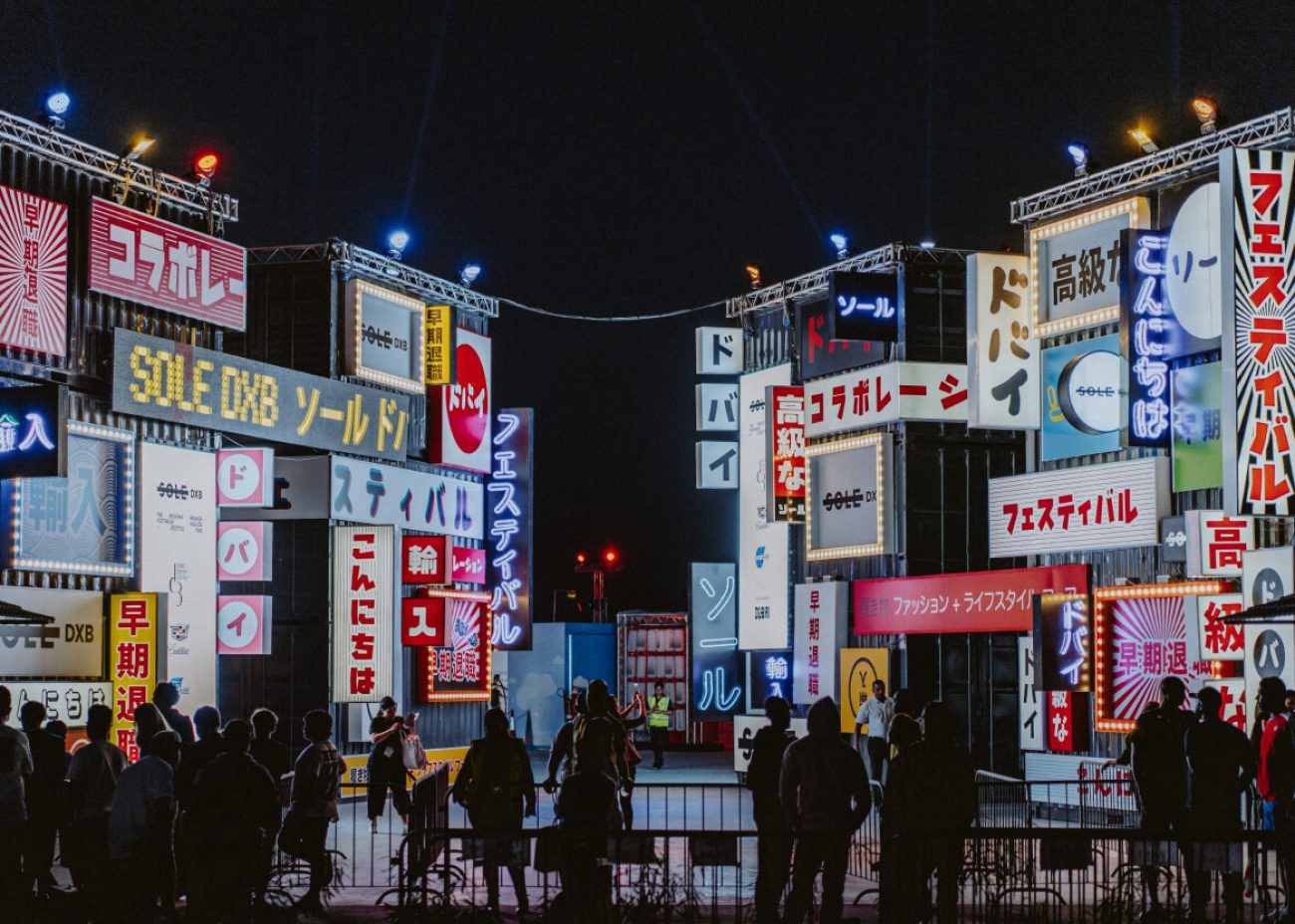
Catch the recap of our listening session with Kamaal Williams, from our third installment of our Artist in Residence series, a collaboration with The Originals. The evening featured a screening, Q&A and a first-listen to the...
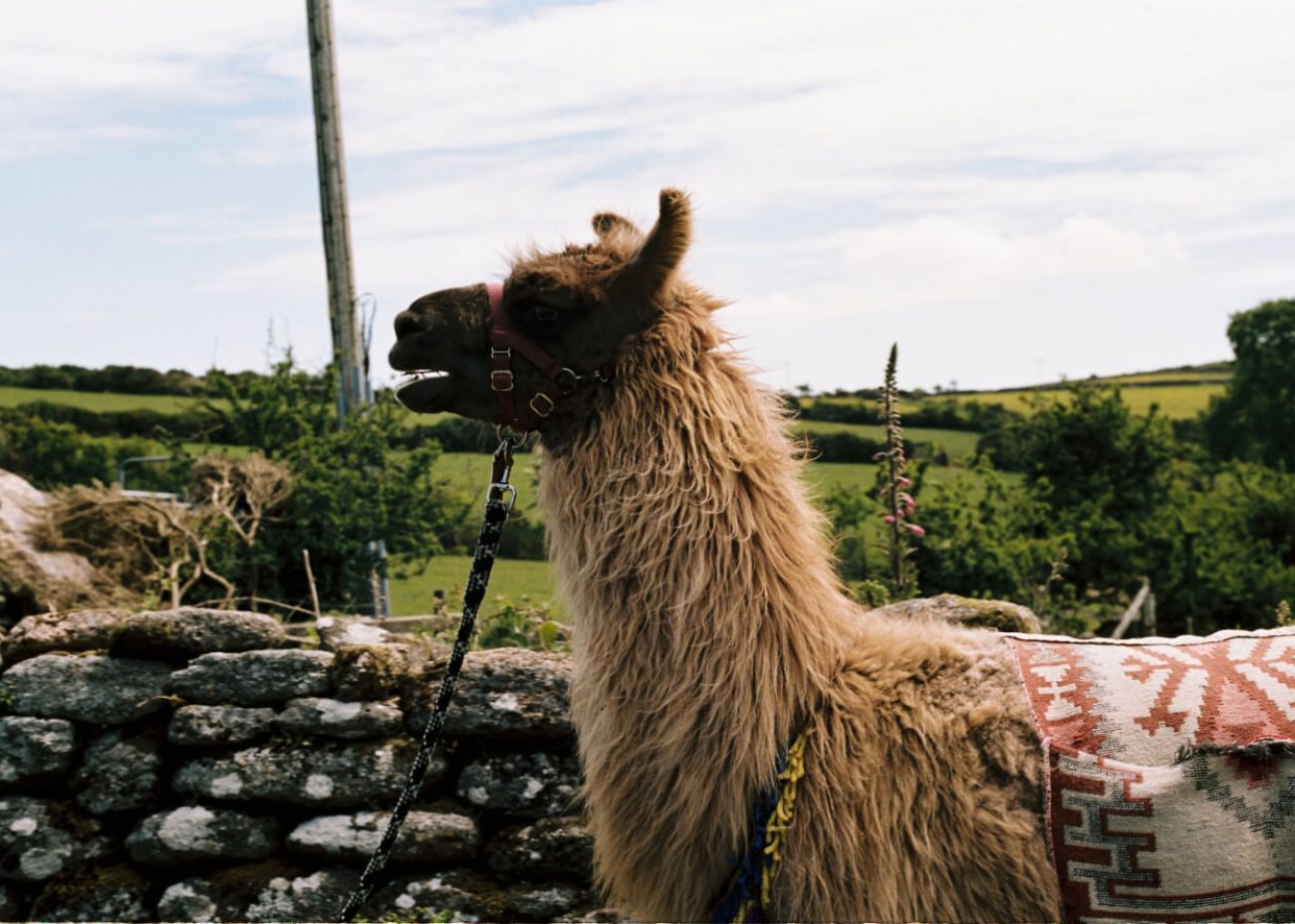
Catch the recap of our listening session with Kamaal Williams, from our third installment of our Artist in Residence series, a collaboration with The Originals. The evening featured a screening, Q&A and a first-listen to the...
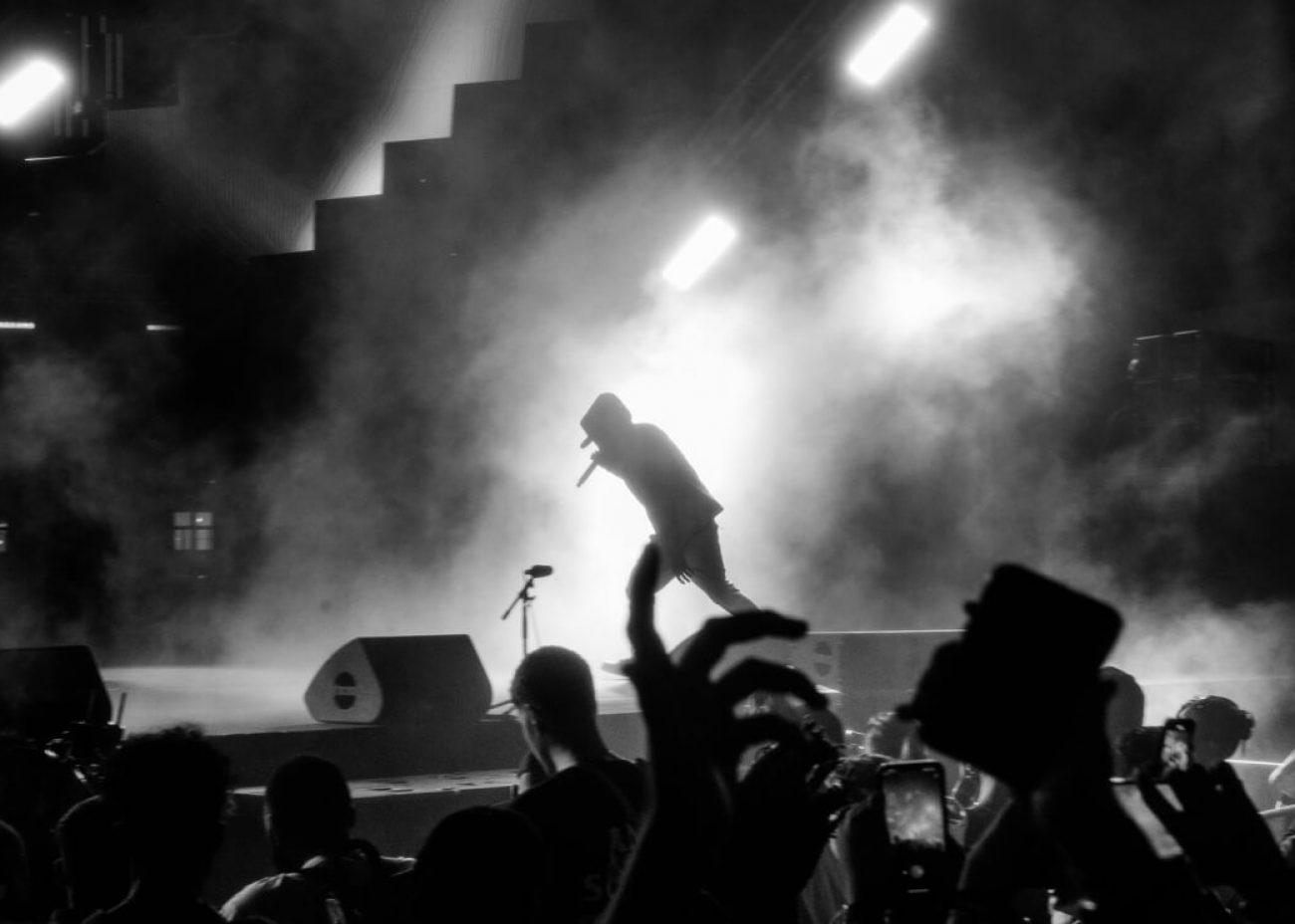
Catch the recap of our listening session with Kamaal Williams, from our third installment of our Artist in Residence series, a collaboration with The Originals. The evening featured a screening, Q&A and a first-listen to the...

Catch the recap of our listening session with Kamaal Williams, from our third installment of our Artist in Residence series, a collaboration with The Originals. The evening featured a screening, Q&A and a first-listen to the...
